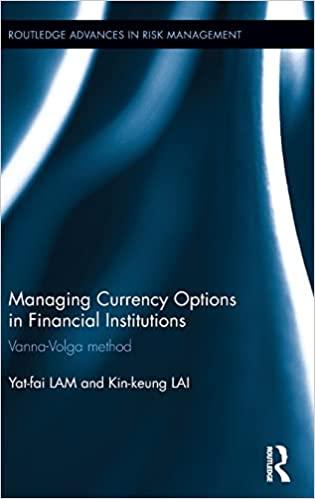

Chapter 8 - Stock valuation Read the following contents and show your valuation process in the "output" spreadsheet. Part 1. Dividend Discount Model In practice, the use of the dividend discount model is refined from the method we presented in the textbook. Many analysts will estimate the dividend for the next 5 years and then estimate a perpetual growth rate at some point in the future, typically 10 years. Rather than have the dividend growth fall dramatically from the fast growth period to the perpetual growth period, linear interpolation is applied. That is, the dividend growth is projected to fall by an equal amount each year. For example, if the fast growth period is 15 percent for the next 5 years and the dividends are expected to fall to a 5 percent perpetual growth rate 5 years later, the dividend growth rate would decline by 2 percent each year. Suppose you find the following information about a particular stock: $ Current dividend: 5-year dividend growth rate: Perpetual growth rate: Required return: 5.40 9.5% 4.0% 11.0% a. Assume that the perpetual growth rate after year 10 and use linear interpolation between the high growth rate and perpetual growth rate. Construct a table that shows the dividend growth rate and dividend each year. What is the stock price at Year 10? What is the stock price today? b. How sensitive is the current stock price to changes in the perpetual growth rate? Graph the current stock price against the perpetual growth rate in 10 years to find out. C. If the current market price of the stock is $90 per share, based on your valuation, do you think the stock is undervalued, overvalued, or fairly priced? Would you make investment on this stock? a. Transition period 8 Stable stage 11 4 5 6 9 10 Output required return 11.00% The dividend growth rates, dividends, and stock prices are: High growth stage Year 0 1 2 3 Dividend growth: Dividend: Terminal price PV Price today b. To graph the stock price for different growth rates, we need to calculate the price for various growth rates. Using a one-way data table, we get the following: Growth rate 0% Stock price Show the chart here: 1% 2% 3% 4% 5% 6% 7% 8% 9% 10% c. Chapter 8 - Stock valuation Read the following contents and show your valuation process in the "output" spreadsheet. Part 1. Dividend Discount Model In practice, the use of the dividend discount model is refined from the method we presented in the textbook. Many analysts will estimate the dividend for the next 5 years and then estimate a perpetual growth rate at some point in the future, typically 10 years. Rather than have the dividend growth fall dramatically from the fast growth period to the perpetual growth period, linear interpolation is applied. That is, the dividend growth is projected to fall by an equal amount each year. For example, if the fast growth period is 15 percent for the next 5 years and the dividends are expected to fall to a 5 percent perpetual growth rate 5 years later, the dividend growth rate would decline by 2 percent each year. Suppose you find the following information about a particular stock: $ Current dividend: 5-year dividend growth rate: Perpetual growth rate: Required return: 5.40 9.5% 4.0% 11.0% a. Assume that the perpetual growth rate after year 10 and use linear interpolation between the high growth rate and perpetual growth rate. Construct a table that shows the dividend growth rate and dividend each year. What is the stock price at Year 10? What is the stock price today? b. How sensitive is the current stock price to changes in the perpetual growth rate? Graph the current stock price against the perpetual growth rate in 10 years to find out. C. If the current market price of the stock is $90 per share, based on your valuation, do you think the stock is undervalued, overvalued, or fairly priced? Would you make investment on this stock? a. Transition period 8 Stable stage 11 4 5 6 9 10 Output required return 11.00% The dividend growth rates, dividends, and stock prices are: High growth stage Year 0 1 2 3 Dividend growth: Dividend: Terminal price PV Price today b. To graph the stock price for different growth rates, we need to calculate the price for various growth rates. Using a one-way data table, we get the following: Growth rate 0% Stock price Show the chart here: 1% 2% 3% 4% 5% 6% 7% 8% 9% 10% c








